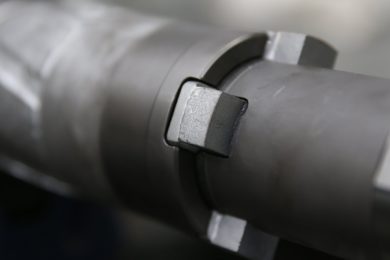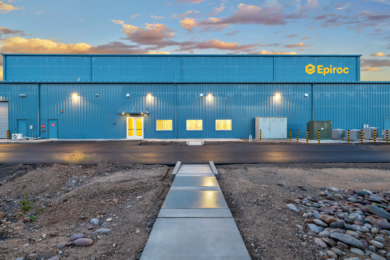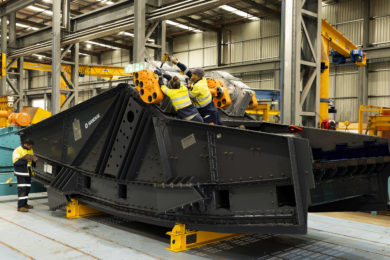With the COVID-19 pandemic upending economic prospects for 2020 and a global recession in the offing, many companies are looking to cut costs by scaling back investment into innovation, research, and development programs. But global mining-tech company IMDEX says that for it product development is a long game “that will deliver valuable upside no matter which way the cycle has turned.”
With 20 offices internationally, sales in 102 countries and a presence on 70% of mineral drilling projects globally, IMDEX regards its annual $20 million spend on R&D as a key strategy. “You don’t have to dig too far to learn that the best companies, whether in the technology or the IP space, always invest through cycles,” IMDEX Chief Executive Offer Paul House said. “Cutting it may be penny wise, but it’s also pound foolish,” he said. “And we have 30 years of proof and the industry leadership position today to back it up.”
New boss of CSIRO’s Data 61 division Professor Jon Whittle echoed this sentiment when he recently called for companies to stay the course with their R&D portfolios, highlighting that continued investment would deliver competitive advantages in a post-pandemic world. Professor Whittle, a leading expert in software engineering and human-computer interaction, said almost every industry had been affected financially by COVID-19 and companies would inevitably be looking for efficiencies and to pivot their business strategies. However, he believes that there are enormous opportunities for digital innovation given the recent wholesale shift the wider population has made towards working remotely and using cloud-based technologies during the pandemic.
International consultants Deloitte, in its Insights article Why miners should prepare for the next downturn now says most downturns only last four to six quarters, and that maintaining innovation focus could deliver competitive advantages. It suggested exploring for short-term value in the areas of automation, analytics and waste removal. For IMDEX, the difference to whether it solves the next pressing problem in the minerals industry or builds the next generation of an existing technology will be its 50-strong R&D team of world class hardware, electrical, mechanical, firmware andsoftware engineers.
House said R&D offered an opportunity to get ahead of the competition and that the current downturn only increased pressure from customers to reduce costs, improve success rates, hit more targets and deliver higher quality technological solutions. Each year the company runs about 12 to 15 R&D projects across two broad categories: versions of existing IMDEX products and new technology that will change the mining industry fundamentally. House said economic return on investment was a key criteria, including the opportunity to be patented to provide investment protectionor be dovetailed into an existing product range to deliver a more integrated solution offering greater value to the end customer.
“Things that are next generation, we can roll out fairly quickly,” he said. “Some things, the IMDEX XTRACTA that we are rolling out now has been under development for nearly 20 years.” IMDEX XTRACTA enables drill bits to be inspected or changed without retrieving the rods, and has undergone extensive testing which show safety and productivity gains. House said timing was also a key factor in the composition of the company’s R&D program. “Sometimes we have technologies where now is not the right time,” he said. “We will build them to a point, and we will park them until we see the signals we are looking for to reignite that initiative.”
IMDEX’s solids removal technology is cited as an example of this strategic approach. The product possessed a trifecta of customer-ready benefits —it delivered economic upside, boosted drilling efficiencies, and tickedenvironmental boxes because of its water and fluids recovery system. “There is an environmental benefit when you reuse water and fluid, it’s a full-capture system as opposed to digging big sumps and dumping waste into paddocks,” House said. “When we launched our technology eight years ago no-one really held anyone to account environmentally – but now that solids removal technology is our fourth-highest revenue-earning rental tool.”
In addition to its in-house innovation, IMDEX says it facilitates research and development at an industry level. The company joined other mining industry heavyweights to help develop the Mineral Exploration Cooperative Research Centre (MinEx CRC), which is focused on discovering and defining mineral deposits by pioneering cheap, safe and environmentally-friendly coiled tubing drilling to build a 3D picture of the subsurface. It also is involved in a METS Ignited collaboration with Orica, Anglo American and Teck Resources to develop its IMDEX BLASTDOG technology.










